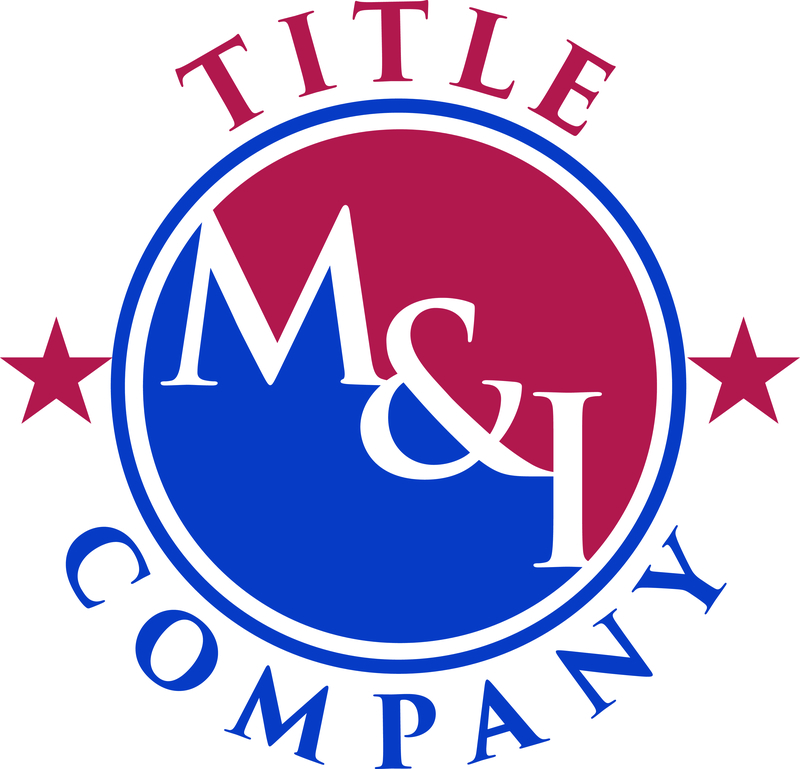
Dennis Norman
I thought I would end the week by giving everyone something to dwell on and contemplate over the weekend. Actually, I set out this morning to do a post about the National Association of REALTORS(R) (NAR) Housing Affordability Index for February which was recently published. As I was reviewing the data in the report I started giving “affordability” a lot of thought, went down a few rabbit trails, did a few hours of research and ended up with an analysis of home affordability.
The NAR Report:
Since this was the initial topic I thought I should say a little about it. The NAR Housing Affordability Index for February was at 176.0 meaning that a median-income family has 176 percent of the income they need to purchase a median-priced house, which is good. This is down slightly from January’s index of 177.5 but is still a vast improvement from a couple of years ago when it was 115.4 in 2007 (the higher the number the better).
This is where I started digging in a little though. There are several factors that play a role in the index: median home prices, mortgage rate and median family income. Since 2007 median family income has dropped about 1 percent which has very little affect on affordability however interest rates have dropped from 6.52% in 2007 to 5.13% in February, a decline of over 21% and home prices have fallen almost 25% during the same period so it’s not surprising that homes are more affordable, particularly since the index uses the house payment to determine affordability.
Low interest rates – how much of a factor?
The NAR index is based upon a monthly payment of $1,104 on a median priced home in 2007 and a payment of $716 on a median-priced home in February 2010; a decrease of $388 in payment over the period. So how much of a role did interest rates play in the decrease? Well, lets put it this way; if in 2007 the rates were 5.13% as they were in February the payment on a median priced home would have been $950, $154 less than it was. And, if interest rates now were 6.52 like they were in 2007 then the payment on a median priced home would be $833. So if we take do an apples to apples comparison with regard to interest rates, then the lower home prices have resulted in a monthly savings of $117 instead of $388. Hmm…
 In the chart to the right you can see mortgage interest rates for the past 20 years and can see just how low rates are today, about half of what they were 20 years ago. The median interest rate for the 20-year period of 1989 – 2009 is 7.31% which should remind us that rates will most likely not stay as low as they are now.
In the chart to the right you can see mortgage interest rates for the past 20 years and can see just how low rates are today, about half of what they were 20 years ago. The median interest rate for the 20-year period of 1989 – 2009 is 7.31% which should remind us that rates will most likely not stay as low as they are now.
So what happens if interest rates go up, say back to the 20-year median rate of 7.31%? Well, going back to NAR’s affordability index, if we apply that rate to the current median home price used in the index the payment goes from $716 to $902, an increase of $186, or 26% which I would say is significant and would chop NAR’s affordability index down a chunk.
Here’s the scary part: home affordability is not far off an all time high and we have incentives such as home buyer tax credits, and yet home sales are dragging along at depressed levels which tells me we can’t afford to have housing affordability go the other direction.
If interest rates increase how much would home prices have to fall to keep affordability the same?
OK, let’s say, that in spite of what the government is telling us, interest rates go up, maybe even up to the 20-year median rate of 7.31%, what would have to happen to prices to keep affordability the same? Well, assuming the median family income stays the same, the median home price would have to drop from the February price of $164,300 to $130,418, a drop of almost 21%, in order to maintain housing affordability where it is now. Make a mental note of that price drop and read on please.

Relationship between rent and home prices
As home prices shot up during the boom one thing that hit me was that rental and lease rates on homes were not increasing at nearly the same rate and prices on rental property seemed to be way out of whack with the income. Last year I wrote a post and told a story of my wife and I searching for a condo in Florida in 2003 to buy for a vacation rental and finding that the relationship between the prices and the income was nuts….it made no sense at all what people were paying. Since then I have seen several articles by people much smarter than me that have discussed the relationship between the “rental value” of a home and it’s sales price and when this gets too out of whack something breaks….home prices.
During the boom this was clearly evident…One example I remember is there was a developer in Clayton, an ecclectic, upscale neighborhood in St. Louis, MO, that built a wonderful new home in a transitional neighborhood and offered it for sale at $1.6 million. The house was well worth the money but, since this was a “tear-down” in an older neighborhood of much more modest homes, the price was significantly higher than the neighboring homes. Long story short, the builder couldn’t sell it, so he offered it for lease, first for around $5,000 a month, then later $3,500 and leased it. I remember doing the numbers then and thinking what a bargain leasing the home would be versus owning it. If you bought the home at the time, put 20% down ($320,000) you would have a payment of $7,567 plus taxes and insurance, so probably around $9,000 a month by the time you were done. Or, you could put down a security deposit of $3,500 and lease it for $3,500 a month. The lease route saved you $316,500 in cash up front and about $5,500 a month versus buying the home which made me realize either rents were way too low or prices too high…reality is it was probably a little of both.
 I decided to take a look at the relationship between median rental rates and median home prices over the past 20 years to see if this data might help me understand where things stand.
I decided to take a look at the relationship between median rental rates and median home prices over the past 20 years to see if this data might help me understand where things stand.
Playing economist I developed a price/rent ratio based upon median home prices’ relationship to median annual rental rates. As you can see in the chart to the right, this ratio was in the 13 to 14 range from 1989 through 1995 then inched up to the 15 to 16 range until 2005 when it shot up into the mid-20’s and then settled at 18.47 in 2009.
Home prices are still too high
The chart below shows my price/rent ratio over a 20 year period and shows the median for the period in red. From about 1996 until late 2003 the ratio was right at the median and I think there was a balance between rent and home prices. However, in 2004 home prices shot up and, even though, as the chart shows, started a decent in 2007, are still above the median range indicating to me that home prices are still too high. For 2009 the median home sales price (based upon census data) was $156,900 but in order to bring the price/rent ratio back in line with the “normal” period of ’96 through ’03, the median home price would need to be around $134,842, a decline of another 14 percent or so.

 The American Dream
The American Dream
Home ownership has, for as long as I can remember, been referred to as “the American dream” while at the same time renting or leasing a home has, by many people, been looked upon as a last resort or something not for them. Well, guess what? Times are changing! I should stop now and interject the fact that I am a REALTOR(R) and very much want people to buy homes, but the honest truth is that may not be the best alternative for everyone at this time. Our country is at a very volatile point in many regards and we have experienced the worst economy since the great depression….these are not normal times.
While, short of God, no one can, with certainty, say what is going to happen to home prices over the next decade, I think it is safe to say that any appreciation we may see will be modest until our economy is back on track which may be some time. In the meantime I wonder if leasing a home may become a more popular option for people, even prior homeowners, that don’t want to risk the financial anguish and pain they may have felt over the past couple of years again, and may instead choose to look at providing shelter for their family from more of a business standpoint….in other words, where will they get the most bang for their buck…owning or renting?




Leave a Reply
You must be logged in to post a comment.